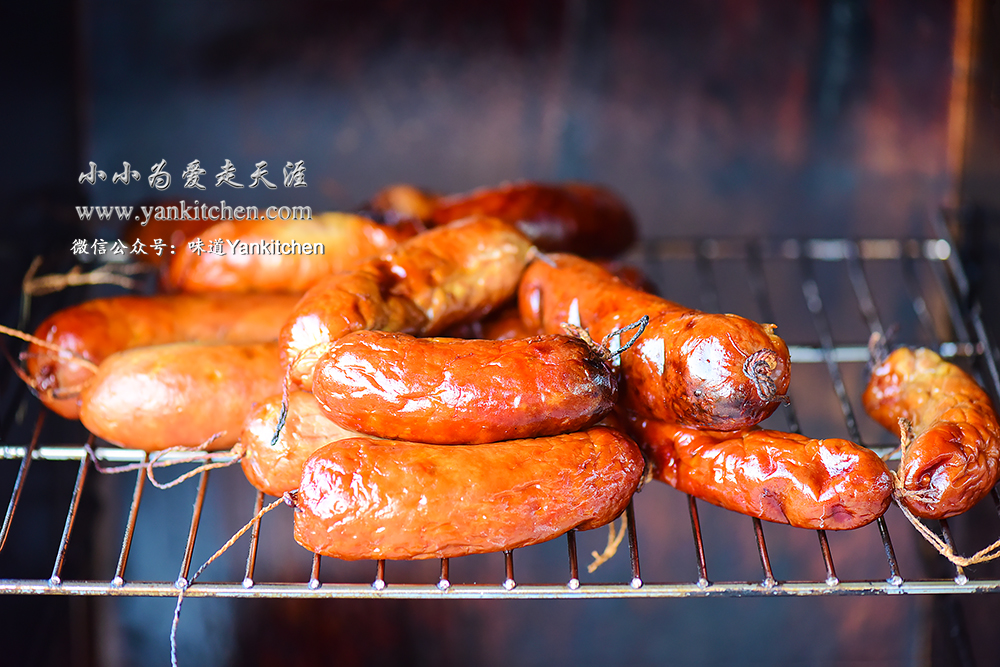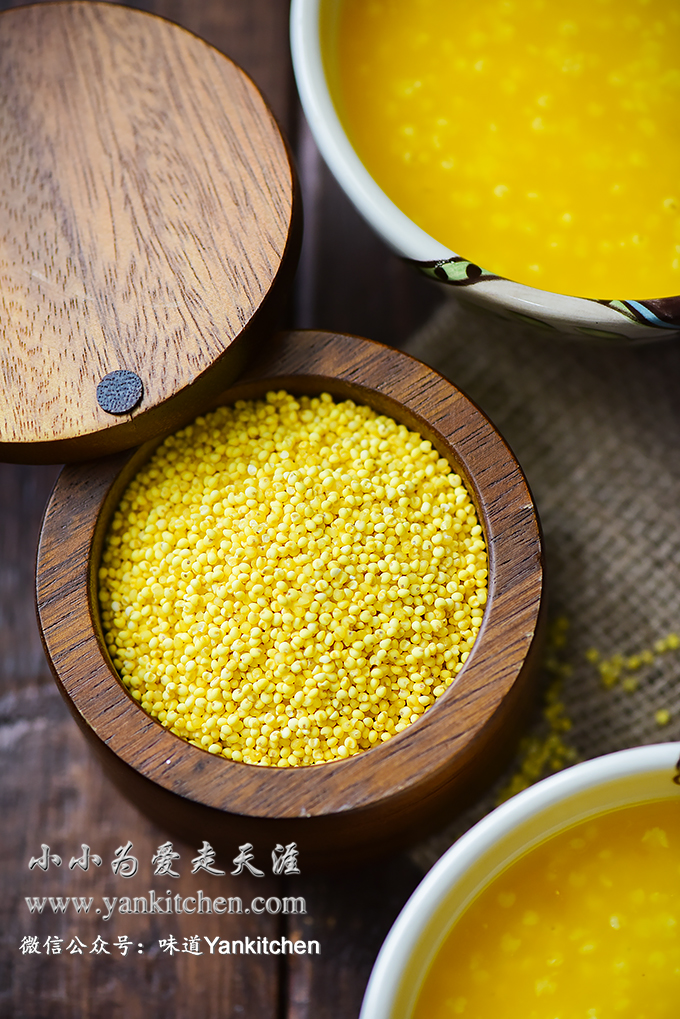中文菜谱: 熏猪肉肠
Summer has finally left Texas. I have been enjoying the cool and dry weather lately, have you?
And of course, good weather means BBQ in the backyard!
This time I smoked some Asian style sausages. They turned out great; golden brown and crunchy on the outside, juicy and tender on the inside. The reason it is called Asian style is that seasonings used here are all Asian seasonings. And the ground pork would be whisked/ beaten along with seasonings and corn starch until meat mixture is elastic and glutinous.
Ingredients:
1 pack of pork shoulder; weighs about 4 to 5 lbs
1/3 to 1/2 cup of rice cooking wine
1/2 cup soy sauce
3 to 4 tablespoons oyster sauce
1 to 2 tablespoons sugar
1/2 to 3/4 cup corn starch
3 to 4 tablespoons ground white pepper
4 to 5 tablespoons ground ginger
1 tablespoon sesame oil
1 1/2 to 2 cups chicken stock / water
sausage casing
Directions:
Rinse the pork shoulder under running water. If the pieces are too big, cut them into thinner strips.
Use a meat grinder to finely grind all the pork shoulder.
Add ground pork to a stand mixer bowl, along with rice cooking wine, soy sauce, oyster sauce, sugar, ground ginger, corn starch, sesame oil and salt.
Attach the flat beater to the stand mixer.
Whisk/ beat the pork at speed two.
When the ground pork mixture is well blended, slowly add chicken stock/ water. Be sure all the liquid is absorbed before adding more.
It is becoming more and more elastic and shiny.
When the pork mixture becomes very glutinous, elastic and kind of feels like meat jelly, it is ready.
Cover with lid and chill the pork mixture in fridge overnight.
Attach the sausage stuffer to meat grinder.
Slip a piece of rinsed sausage casing to the stuffing tube. Seal the end with a knot.
Stuff the casing with pork mixture.
Preheat the smoker to 250F/ 121C. Load the smoking box with oak chips.
Add sausages.
The waiting is really long and hard…
Two hours later, the sausages are half way cooked. But the links are too close to each other. So I remove them from hooks and lay them flat on a rack.
About another two hours later. The sausages are done!
Aren’t they a beauty? O(∩_∩)O~
The sausages are full of flavors and beautiful golden brown colors. Score! O(∩_∩)O~

















































































































